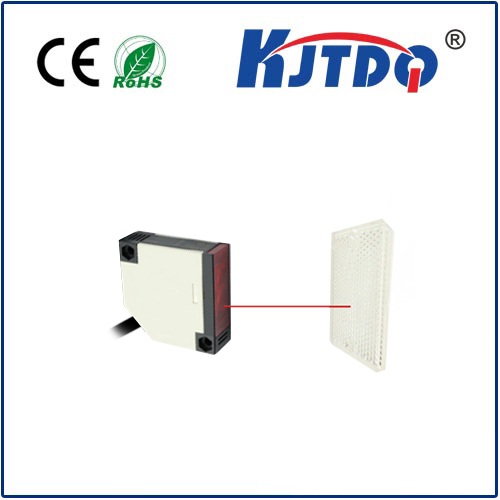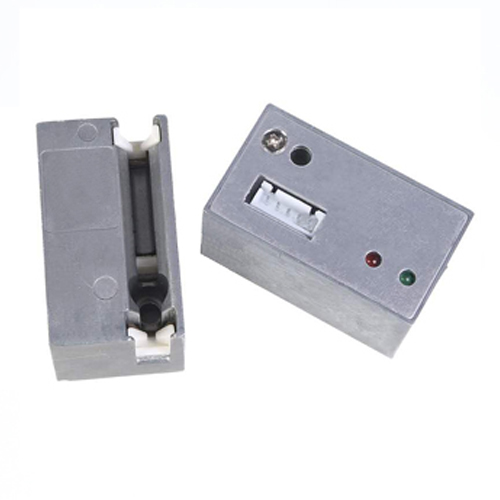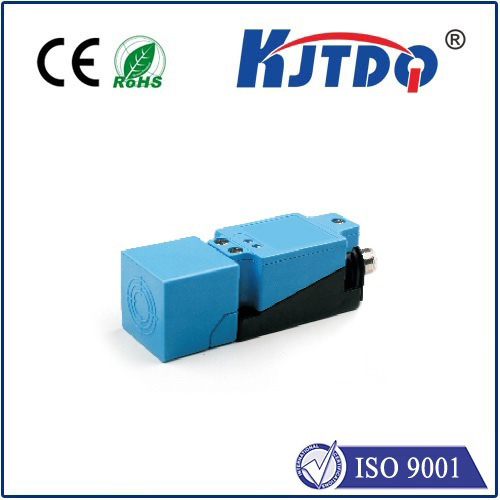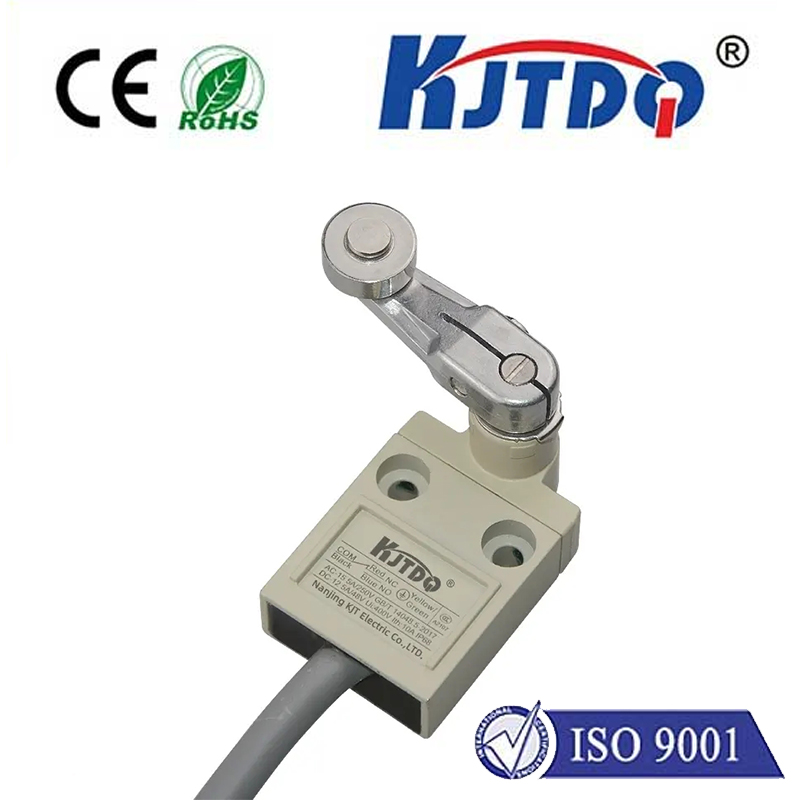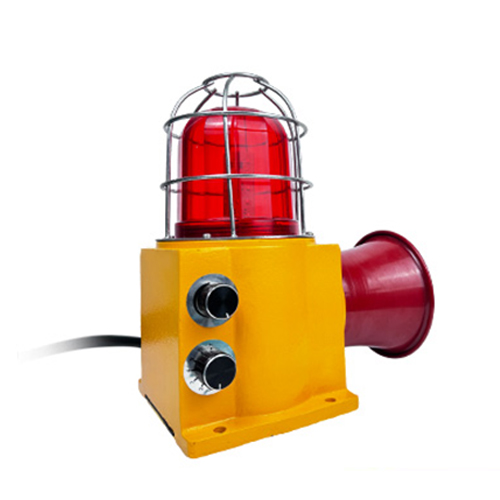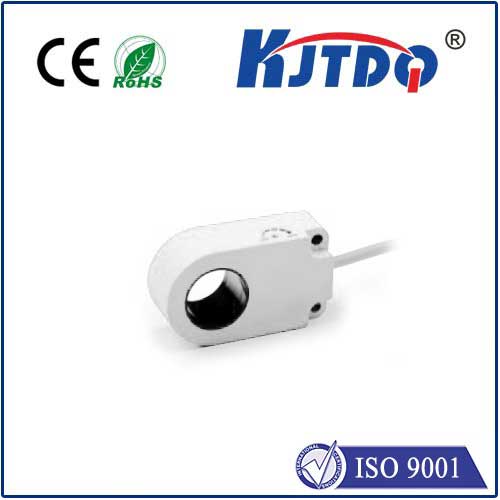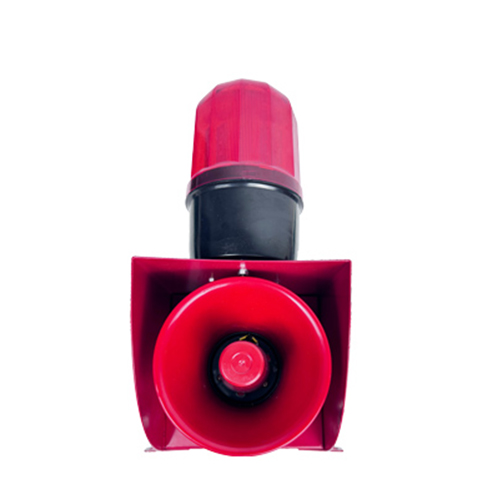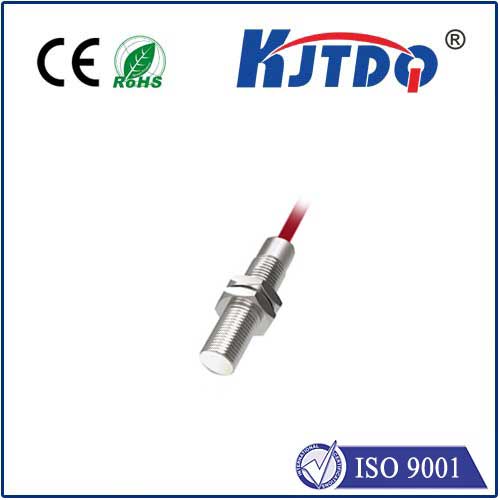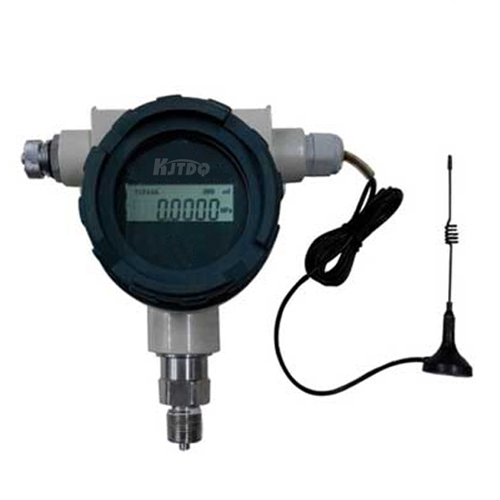

check

check

check

check

check

check

check

check

check

check
Title: Understanding the Role of Limit Switches in Elevators
Elevators are essential components of modern-day infrastructure, providing efficient and safe transportation for people and goods. These mechanical marvels rely on a complex system of sensors, motors, and other electronic devices to operate smoothly. Among these devices, limit switches play a crucial role in ensuring the safety and reliability of elevators. In this article, we will explore the working principle and importance of limit switches in elevators.
Section 1: What is a Limit Switch?
A limit switch is a mechanical or electronic device that is used to detect the position of an elevator's doors or gates. It acts as a switch that opens or closes the door or gate when it reaches a certain position. The purpose of a limit switch is to prevent the elevator from moving beyond the desired range, thereby preventing accidents and ensuring safe operation.
There are two types of limit switches: mechanical and electronic. Mechanical limit switches are the traditional type, consisting of a lever or switch that is activated when the elevator door reaches its designated position. Electronic limit switches, on the other hand, use sensors and microcontrollers to detect the position of the elevator door or gate.
Section 2: How do Limit Switches Work?
The working principle of a limit switch is simple yet effective. When the elevator's motor is running, it generates torque that pushes the elevator door or gate open. As the elevator continues to move forward, the door or gate follows along with it. However, when the elevator reaches its maximum height or lowest height, the limit switch detects the change in position and acts accordingly.
In the case of mechanical limit switches, the switch is usually positioned on top of the elevator door or gate. When the elevator reaches its maximum or minimum height, the switch is pressed against the door or gate, causing it to stop moving. This prevents the elevator from moving beyond the specified range and ensures safe operation.
For electronic limit switches, a sensor is placed at the bottom of the elevator door or gate. As the elevator moves, the sensor detects the movement and sends a signal to a microcontroller. The microcontroller then activates the limit switch, stopping the elevator from moving beyond the specified range.
Section 3: Importance of Limit Switches in Elevator Operation
Limit switches play a crucial role in ensuring the safety and reliability of elevator operation. Without them, elevators could potentially move beyond their intended limits, leading to accidents and potential harm to passengers and personnel. By detecting when an elevator has reached its maximum or minimum height, limit switches prevent accidents and ensure safe operation at all times.
Additionally, limit switches help improve the efficiency of elevator operations by reducing energy consumption. When an elevator is not required to travel beyond its designated range, it can be powered down or deactivated, saving energy and reducing costs. This not only benefits the environment but also reduces operating expenses for building owners and operators.
Conclusion: Limit Switches in Elevators
Limit switches are essential components of modern-day elevator systems, serving as vital safety devices that prevent accidents and ensure safe operation. Whether mechanical or electronic, limit switches play a critical role in maintaining the integrity and reliability of elevators across various industries. By understanding their working principle and importance, we can appreciate their invaluable contributions to society and ensure their continued use in our daily lives.
